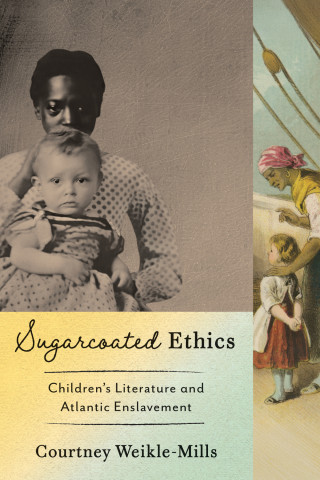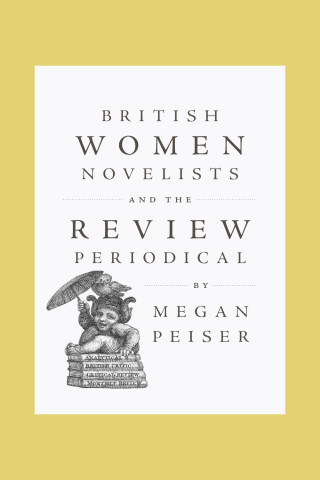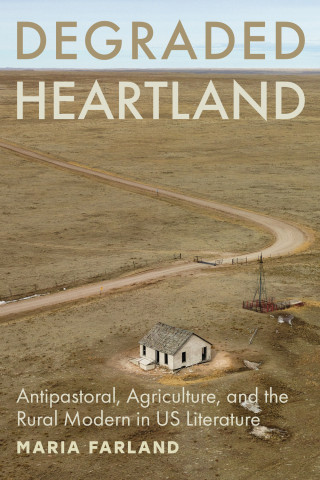
Reviews
Two large points that emerge are the importance of 'construction' and, perhaps more surprisingly, 'the dominance of syllabic concepts of prosody.' Hardison concludes that the English verse of this period 'is best understood in terms of this tradition.' He has written a learned, interesting, and civilized book.
Book Details
Preface
Part I. Contexts
Chapter 1. Prosody and Purpose
Chapter 2. Ars Metrica
Chapter 3. Rude and Beggerly Ryming: The Romance Tradition
Chapter 4. A Question of Language: Italy and the Shaping of
Preface
Part I. Contexts
Chapter 1. Prosody and Purpose
Chapter 2. Ars Metrica
Chapter 3. Rude and Beggerly Ryming: The Romance Tradition
Chapter 4. A Question of Language: Italy and the Shaping of Renaissance Prosodic Theory
Chapter 5. Notes of Instruction
Part II. Performances
Chapter 6. A Straunge Metre Worthy To Be Embraced
Chapter 7. Jasper Heywood's Fourteeners
Chapter 8. Gorboduc and Dramatic Blank Verse, with a Note on Comedy
Chapter 9. Heroic Experiments
Chapter 10. Speech and Verse in Later Elizabethan Drama
Chapter 11. True Musical Delight
Notes
Index





